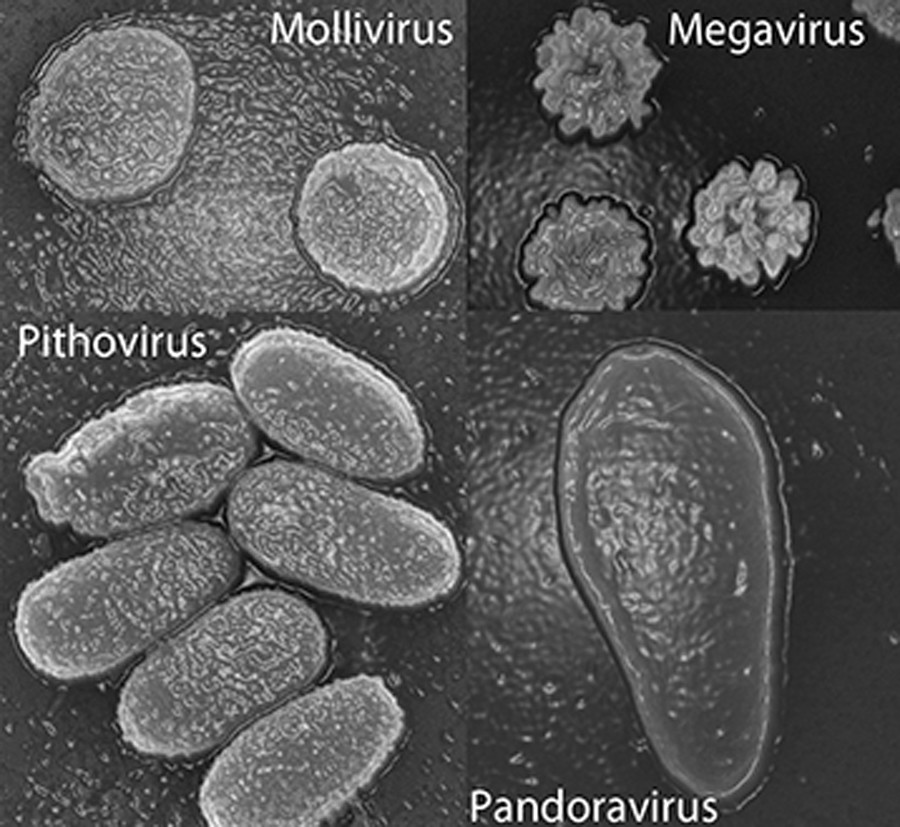‘Frankenvirus’: Scientists set to revive giant 30,000yo virus discovered in Siberian permafrost

French scientists have announced they found a new prehistoric virus in the frozen Siberian wastelands, and are planning to bring it back to life. They promise to make sure that the giant virus won’t harm anyone.
The virus is called Mollivirus sibericum, translated as ‘soft virus from Siberia’, and measures at 0.6 microns, just over a thousandth of a millimeter. Thus, it is officially termed a ‘giant virus’.
It is also a monster among other viruses, with 523 genetic proteins, while, for comparison, a flu virus genome has only 11.
It is the fourth type of prehistoric virus found since 2003, and the second by the French researchers, who announced the discovery in the United States National Academy of Sciences journal. They found the virus in the same sample taken from a depth of 30m Chukotka, East Siberia where they discovered another prehistoric giant virus type, called Pithovirus sibericum.
Scientists are now set to ‘wake up’ the virus, but will first make sure that it is inactive and can’t trigger disease in humans or animals.
The revival will happen by placing the virus with single-cell amoeba, which will serve as its host, researchers said, two years after they ‘woke up’ Pithovirus sibericum, in a petri dish.
“This discovery, which suggests giant viruses are not uncommon and are very diverse, also proves that the capacity of viruses to survive in the permafrost for very long periods is not limited by a particular type of virus, but probably covers viral families with different replication strategies and therefore potentially pathogenic,” the official statement by France’s National Centre for Scientific Research (CNRS) said.
Researchers have often ‘resurrected’ ancient viruses to find out more about them: for instance, back in 2004, US scientists revived the notorious Spanish flu virus, which killed tens of millions of people until early last century.
However, the scientists are concerned over what might happen to similar viruses due to climate change.
"A few viral particles that are still infectious may be enough, in the presence of a vulnerable host, to revive potentially pathogenic viruses," one of the lead researchers, Jean-Michel Claverie, told AFP.
He added that viral particles which are still infectious can, in the presence of a receptive host, lead to the resurgence of potentially pathogenic viruses in Arctic regions.
"If we are not careful, and we industrialize these areas without putting safeguards in place, we run the risk of one day waking up viruses such as smallpox that we thought were eradicated."
Политика конфиденциальности | Правила пользования сайтом








